Or: Is it Possible to Write Realistic Sexytimes When We’re all so Freaking Different?
Hello, everyone! Amy Jo here, welcoming Sarina Bowen to Wonkomance today. Sarina and I were in a box set together earlier this year and her book, Coming in from the Cold, was so good that when I spotted a new release by her, I downloaded it immediately. The Year We Fell Down is one of the best books I’ve read in 2014. There is a scene in it that, despite being less explicit than the last dozen books I read, was so open and honest and frank in its exploration that it was beyond sexy to read. After that, I knew Sarina would have something interesting to say when I invited her to post with us. Enjoy!
by Sarina Bowen
On the front page of the New York Times last summer, I read about an exciting new cancer drug. Thirty-eight percent of patients’ tumors shrank. In the annals of medical research, that’s a wildly exciting result.
Unless you’re one of the sixty-two percent who received no benefit.
It sounds obvious to say that human bodies (and their cancers) are not the same. But it’s often pretty hard to grasp, since we’re all trapped inside our own.
When I had my first child, I couldn’t figure out how to breastfeed without extreme pain. My friends tried to help, but they’d all experienced different troubles. Ultimately, the (very expensive) lactation consultant demonstrated that in my particular case, the trick would be to swing piranha-baby’s mouth very far up onto my boob, with the same force one uses to chip a golf ball out of the rough.
“Wow, you really jammed him on there,” I observed.
“No one has ever been killed by a breast,” was her reply.
Let’s assume she’s right. But even if we’re willing to rule out death-by-boob, the remarkable variation in female anatomy pretty much guarantees that she’s perpetually employed. At $175 per hour.
Enter the romance novel. As with the human body itself, the anatomy of a good sex scene is highly variable. I’d argue that the emotional set-up of a sex scene is responsible for the majority of that scene’s success. But eventually, the characters are going to insert tab A into slot A (or B, or maybe C), resulting in their explosive mutual pleasure. Some readers will swoon. But a few are likely to blanch, or get bored, or be nonplussed.
Because there are really three people in that bedroom: both characters, plus the reader. (Hang on. I think I just proved that every romance novel is really a ménage. Discuss.)
So I have to imagine that it’s the difficulty of pleasing everyone which has led so many sex scenes in mainstream contemporary romance to be so similar. Much of the time, characters round the bases in the time-honored order, escalating to a main event which shall blow everyone’s proverbial doors off. Simultaneously.
In real life, sexual compatibility is a rarity. And when it succeeds, it often gels over time. Just ask the college students who contributed to two recent surveys of sexual satisfaction during casual hookups. Men achieved, er, satisfaction 80% of the time versus women’s 40%. Science tells us that even an alpha hero capable of landing a disabled spacecraft will likely not coax an orgasm from our heroine on the first try.
Perhaps better flap copy is the answer. Consider: “with a heat rating of four out of five chili peppers, this title is most suitable for a reader 18+, with an above average number of nerve endings in her anus.”
Okay, maybe not.
I love realism in romance. Struggle. Angst. Pain. Heartbreak. Bring it on. But a tight narrative arc and sexual realism are often at odds. If the hero and heroine have just spent two hundred pages overcoming a gauntlet of obstacles to their union, the Big Scene had better ring everyone’s buzzer. Likewise, stories built around a one-night stand often utilize an explosive initial encounter to fuel the rest of the plot.
But the books which break these rules are often the most exciting. Alice Clayton’s Wallbanger needed a second Big Scene to fix what the first one missed. And that book is more memorable for it. Another trope-twister is Jennifer Bernard’s Sex & the Single Fireman, which is based upon a failed one-night stand.
Sometimes, an author can blunder into her creative solution. I wrote The Year We Fell Down because New Adult romance had so many heroines that were broken on the inside. My big idea was to break one on the outside, instead. By the time I got around to writing about sexytimes, it occurred to me that I’d inadvertently designed a pretty unique sex scene, one where the typical outcome was not a given. For the heroine it was scary, and it was awkward.
But it was not boring.
Embarrassment and awkwardness can fuel drama at least as well as passionate perfection. And both score points for realism. In real life, embarrassment and awkwardness are never in short supply.
Unless that’s just me.
I’d love to hear: what are your favorite imperfect sex scenes?
Sarina Bowen is the author of steamy, angsty contemporary romance and New Adult fiction. Her bestselling book is The Year We Fell Down, book #1 of The Ivy Years series.

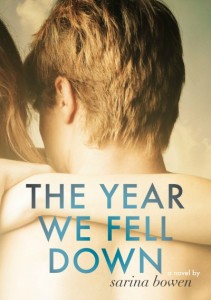



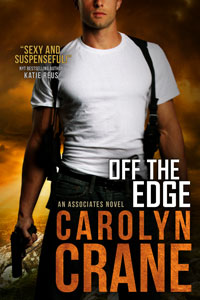
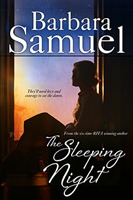
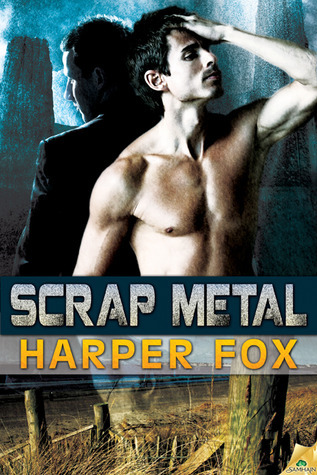
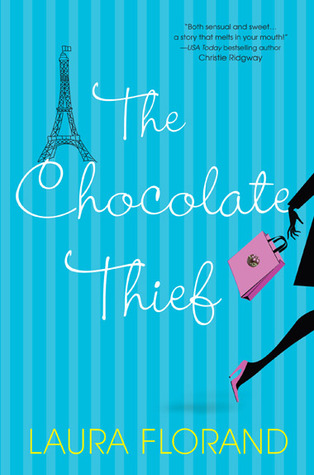
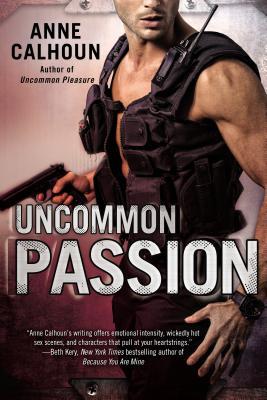
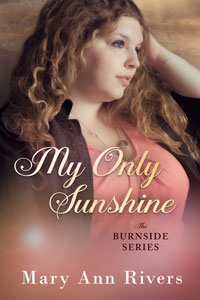
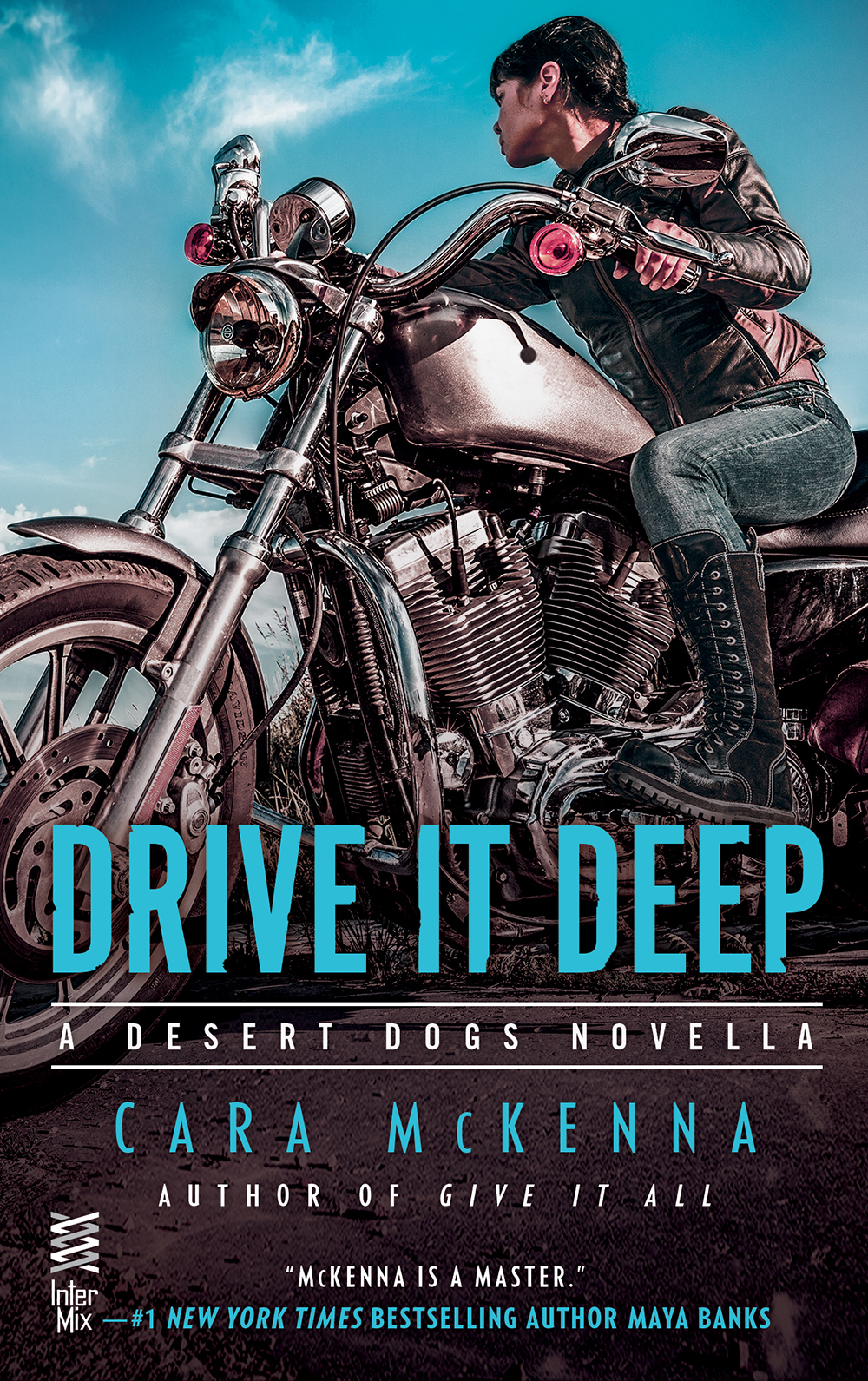
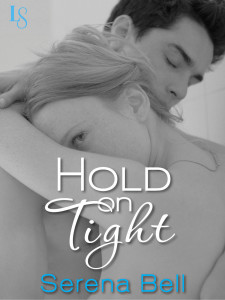
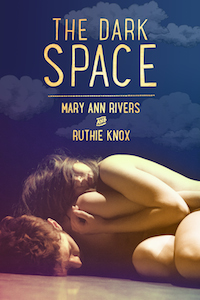
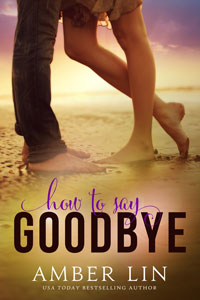
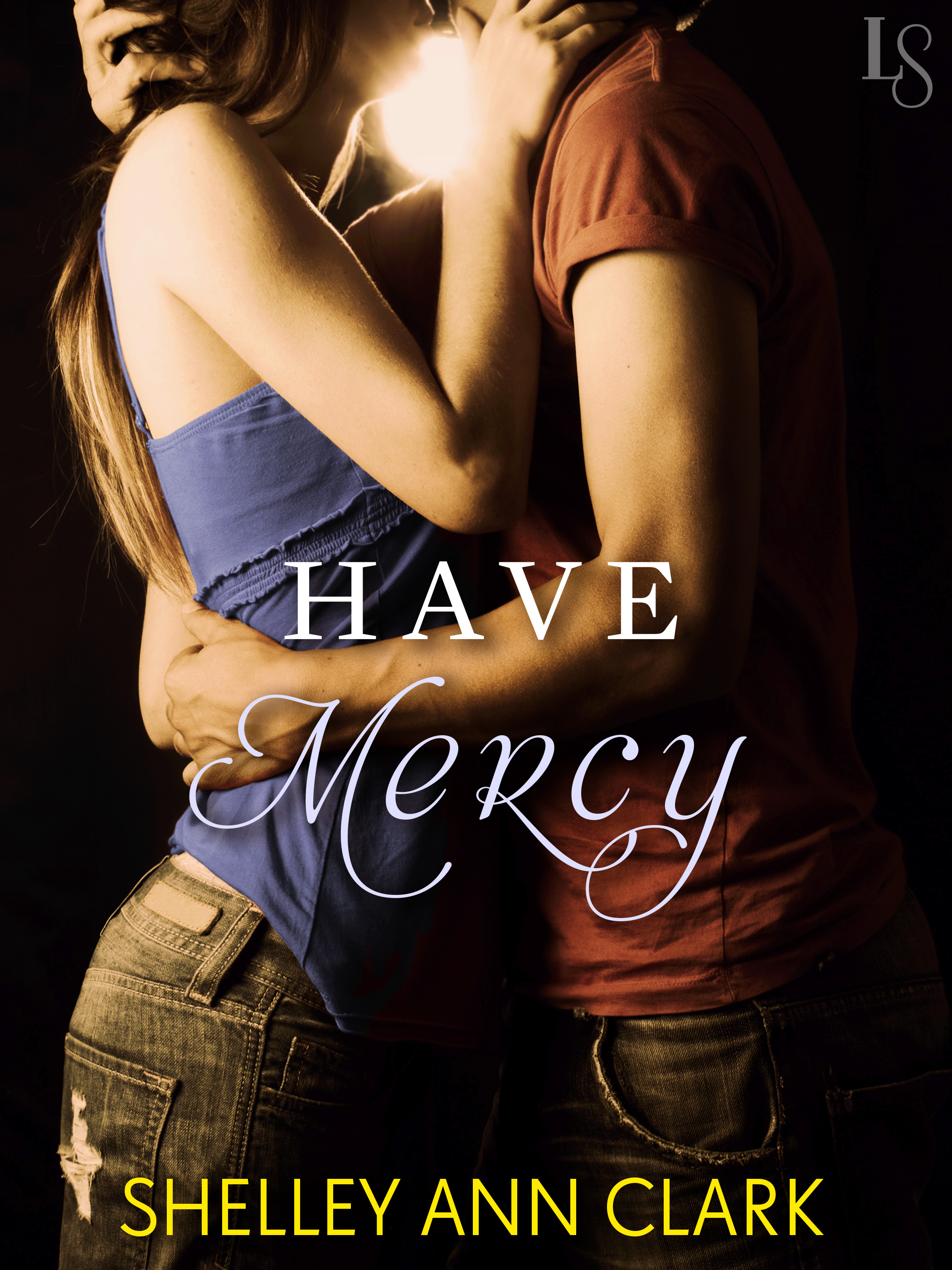
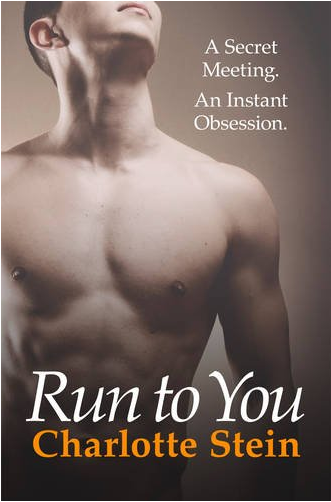
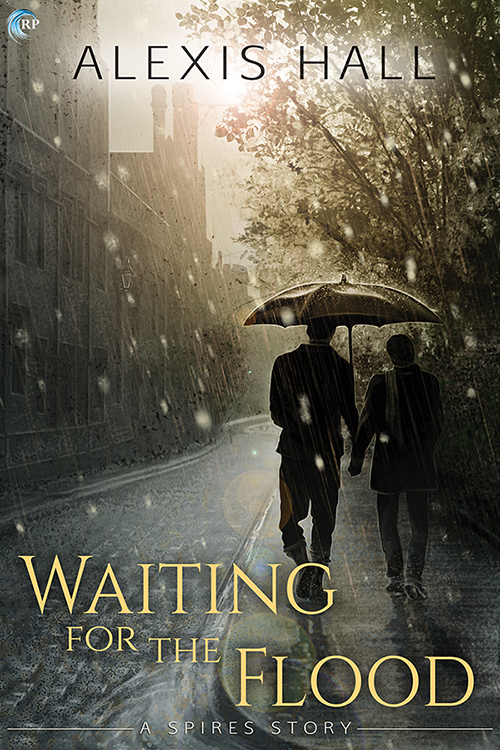
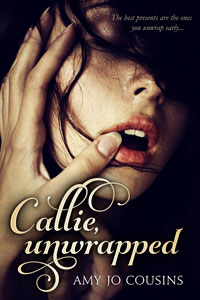
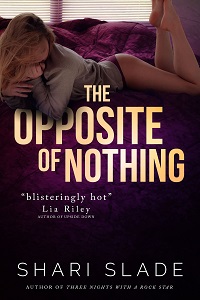
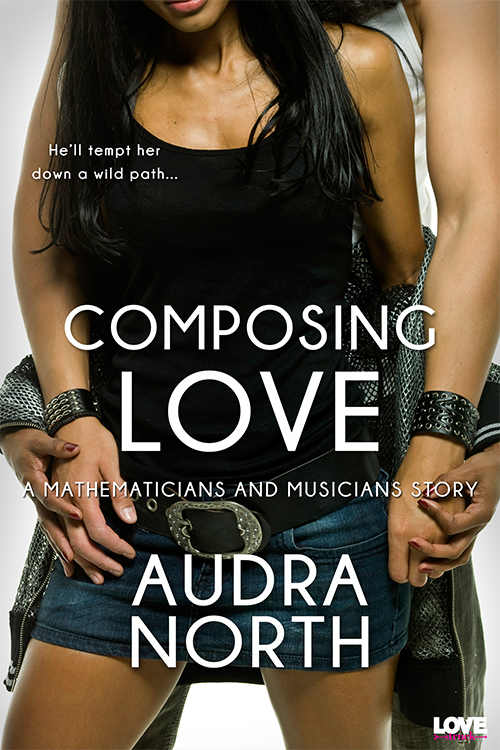
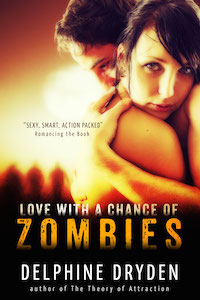

My favorite awkward sex scene of all time is in Cara McKenna’s Ruin Me. Because tons of authors write books about heroes with huge penises, and all of those heroines manage just fine. But Cara’s characters don’t fit together and in their final sex scene, they totally own that. They talk about it, they work around it, but she doesn’t just have some magically elastic vagina of power that accommodates him without any fuss. I read that book a few years ago and that scene will always stick with me because it’s awkward and painful and wonderful. :)
Whoa! That is bold. Now… which one of us will eventually be brave enough to write the scene with the undersized hero?
Maybe that already exists. I hope it does.
I’m pretty sure it’s on Amber Lin’s hard drive, but she won’t hand it over.
Oooh, can she be bribed? :)
And this is why hacking was invented. I’m pretty sure.
One of the great things about “fail” sex or “challenging” sex or “real” sex–or whatever we’re going to call it when it’s not the best orgasm ever in the history of orgasms and when the hero isn’t absolutely proficient at manipulating the clit and when maybe the heroine isn’t quite so sure she wants that big hog in her mouth–is that we learn more about the characters, we feel closer to them because we feel and identify with their weaknesses so much more than we do their successes.
So true! A sex scene can be more than the big payoff. It can be part of the conflict.
Thanks for this, Sarina! I adored Coming in from the Cold, such an interesting plot and conflict!
Courtney Milan’s The Duchess War has an excellently awkward marriage consummation, made even more excellent by how the characters learn things about expectations and communication when they figure out how to…have a better time of it.
Also, “bad” sex plays an important role in the plot/relationships of Jennifer Crusie’s Welcome to Temptation and Faking It. They were two of the first romance novels I read, actually, so I think I just accepted it as a thing which happened in romance novels and made the scenes more interesting than purple-prosed *omg rainbows and stars.*
It also happens that I had–and still have–no actual experience in these matters, and so I find these kinds of scenes useful in figuring out what to expect (since presumably awkwardness is a little more realistic than magic perfection), and learning that communication is pretty much the most important part.
Thank you!
Those are awesome recommendations.
You know, I think that’s why I’m so drawn to writing about the college years. Because awkwardness is practically a necessity. In my 2nd Ivy Years book, The Year We Hid Away,there’s a scene where three roommates discuss sex from very different experience viewpoints.
All that uncertainty is so irresistible to me.
Sarina,
Really enjoyed your post. It would be great if romance authors could show not only that individuals are different when it comes to sex and how their bodies enjoy it, but also that individual people can want different things at different times–you know, like what really turned you on one day may not work for you the next week. And that your partner shouldn’t expect the same turn-ons to work automatically all the time…
Good point! Seems like variety would work in fiction, anyway. That idea doesn’t violate the narrative arc.